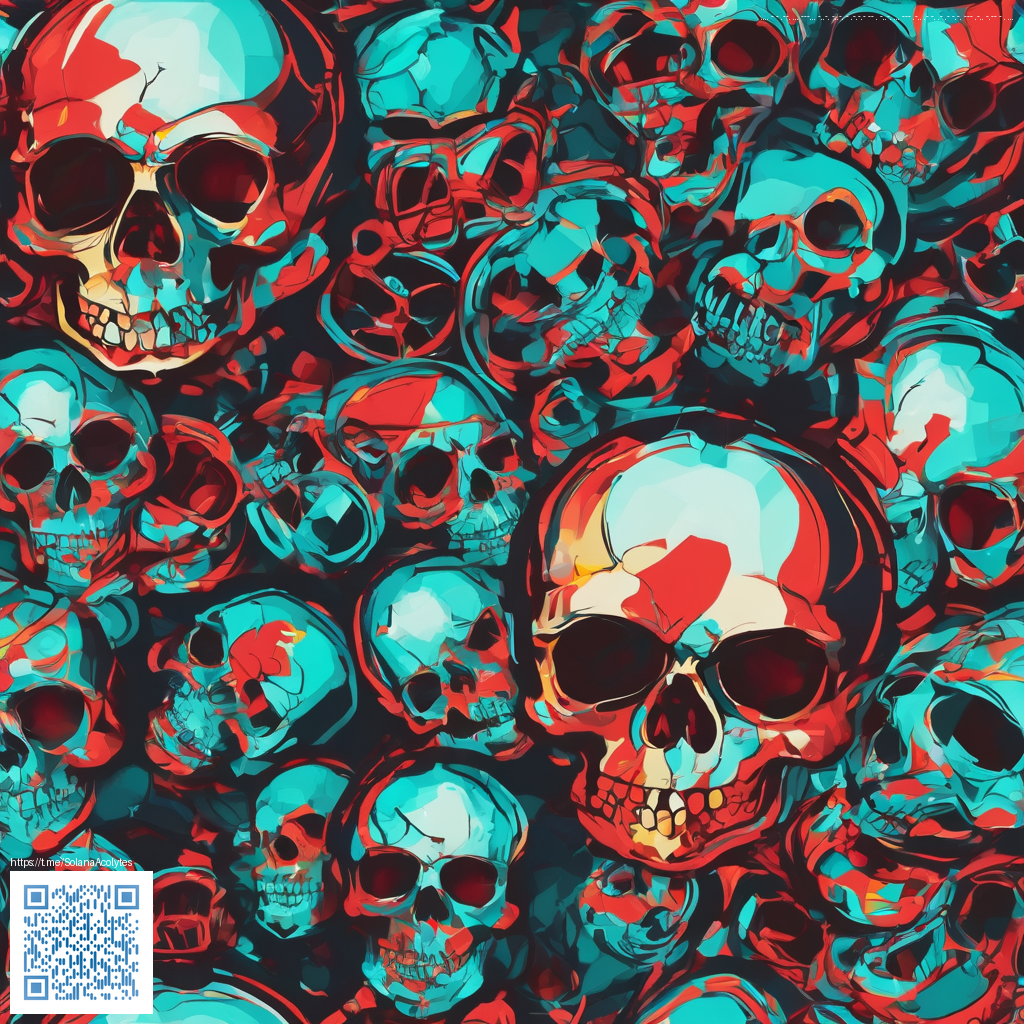
A Deep Dive into The Sims 3 Visual Evolution over the Years
The reveal trailer for a living neighborhood simulator planted a strong impression of color, charm, and bustling neighborhoods. Over the years the visuals evolved through a blend of engine tweaks, texture upgrades, and community driven enhancements that kept the world feeling fresh while staying true to the core gameplay loop. This exploration looks at how the look and feel shifted from the original launch to the later years of the title life cycle and how players helped shape that journey through mods and shared experiences 🎮
Milestones that shaped the look from launch to later patches
At launch The Sims 3 offered vibrant neighborhoods with a painterly feel that resonated with players. Early patches and patches across 2010 and 2011 introduced incremental lighting refinements and texture improvements that made surfaces read more realistically under different times of day. By mid decade the combination of better shader work and improved ambient occlusion added depth to interiors and exteriors, making rooms feel warmer and more believable.
Expansion packs brought new aesthetic opportunities. World Adventures introduced varied biomes and lighting moods for ruins and markets, while Late Night added more dramatic street lighting and reflective surfaces in urban districts. Generations and Pets brought character driven textures to assets that players could customize with more confidence, creating scenes that felt richer and more nuanced. These changes were not just cosmetic; they altered how players planned lighting, shadows, and color palettes during build and screenshot sessions.
What the community noticed and how mods reshaped perception
The community quickly embraced improvements beyond what shipped in base game patches. A thriving modding culture emerged around lighting and shadows, texture clarity, and shader behavior. Guides and tutorials highlighted how to tweak lighting to reduce flatness, how to bend environmental shadows for mood, and how to upres textures without crippling performance. Notable projects like lighting overhauls and improved EA Lights became a staple in many players catalogs. The dialogue around visuals evolved into a shared practice of balancing aesthetics with gameplay performance 🎨
The Sims team has long emphasized that visuals evolve through a mix of engine refinements and player led experimentation. With each update players gain new tools for expressing creativity and storytelling through lighting, texture work, and world design.
Patch coverage and how updates kept the world feeling alive
Over the years patches and expansions expanded the palette available to creators. Each major update arrived with shader refinements, better shadow casting, and subtle improvements to how textures streamed during open neighborhoods. Even when the underlying engine stayed consistent, the cumulative effect of these small improvements added up to a noticeably richer look and smoother performance in crowded residential lots and bustling community lots alike.
For players who want to push the envelope, the modding community provides practical pathways to enhance this look without sacrificing the game feel. Modern lighting packs and texture packs can reimagine edges of objects and the glow of lamp posts, turning a cozy suburban night into a cinematic moment that fits the player story arc. It is a collaboration between official updates and user driven tweaks that keeps the visuals feeling current even as new content ships